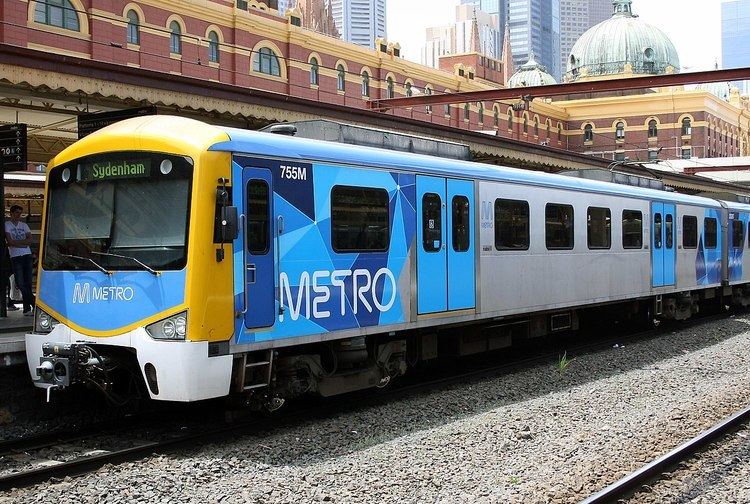Formed 2008 Jurisdiction Victorian Government | Dissolved April 2013 Founded 2008 | |
 | ||
Preceding Department Department of Infrastructure Superseding agency Department of Transport, Planning and Local Infrastructure | ||
The Department of Transport (DOT) was the central government agency responsible for the coordination, integration and regulation of the transport system in the State of Victoria, Australia. The Department generated planning, policy, and legislation for transport in Victoria. As a result, the Department drove the integration of Victoria's transport land and water transport systems and the delivery of public transport, road and port services and associated activities across the State. The Department's stated mission was "Building a safer, fairer and greener transport system for all Victorians to create a more prosperous and connected community."
Contents
- Ministerial portfolios
- Governance
- Objects
- Functions
- Particular responsibilities
- Transport portfolio agencies
- Statutory offices
- Statutory authorities
- Independent transport safety agencies
- References
The Department was replaced in April 2013 by the Department of Transport, Planning and Local Infrastructure.
As of 1 January 2015, the functions of the Department of Transport, Planning and Local Infrastructure have been incorporated into three new departments:
Department of Economic Development, Jobs, Transport and Resources
Department of Environment, Land, Water and Planning
Department of Health and Human Services
Ministerial portfolios
At the time of its abolition, the Department of Transport supported three Ministerial portfolios, the Minister for Public Transport, the Minister for Roads (the Hon Terry Mulder MLA) and the Minister for Ports (the Hon David Hodgett MLA). It also supported one Parliamentary Secretary for Transport (Mr Gary Blackwood MLA).
Governance
The Department of Transport was established in 2008 and assumed the transport portfolio responsibilities of the former Department of Infrastructure. The activities and powers of the Department of Transport were governed by both the portfolios of its Ministers, the Minister for Public Transport, the Minister for Roads, the Minister for Ports and by the Transport Integration Act 2010.
The Department initially started its operation under the Transport Act 1983, which contained an old and minimalist policy framework for the Department and parts of the broader transport portfolio. The development of the Transport Integration Act after a comprehensive process driven by the Transport Legislation Review provided policy and organisational coherence to the Victorian transport portfolio by clarifying the central coordinating role of the Department of Transport. It also provided the Department and its statutory authorities and offices with a clear and modern policy framework and new organisational charters. The charter of the Department was made up of its objects and functions set out in the Transport Integration Act and these commenced in June 2010.
The Secretary of the Department of Transport was Jim Betts who was promoted to the role from the office of Director of Public Transport.
Objects
The objects of the Department are set out in the Transport Integration Act as:
Functions
The Transport Integration Act provided that the "...principal function of the Department is to assist the Minister in the administration of this Act and other transport legislation..." Other functions conferred on the Department include -
The Act also provided the Secretary of the Department with a range of specific powers including the power to enter into any agreement or contract.
Particular responsibilities
The Transport Integration Act imposed a range of responsibilities on the Department of Transport, including:
Transport portfolio agencies
DOT oversaw and coordinated the activities of the state agencies responsible for the transport system in Victoria. These agencies were divided into three main types - statutory offices, statutory authorities and independent transport safety agencies.
Together with DOT, the agencies provided, managed and regulated transport system activities in Victoria including -
Statutory offices
The statutory offices included -
These agencies were part of the Department of Transport but each had a distinct statutory charter and powers.
Statutory authorities
The statutory authorities are -
These agencies were structurally separate from the Department of Transport.
Independent transport safety agencies
The independent transport safety agencies are -
These agencies were part of the Department of Transport but were functionally independent and reported to the relevant Ministers.
